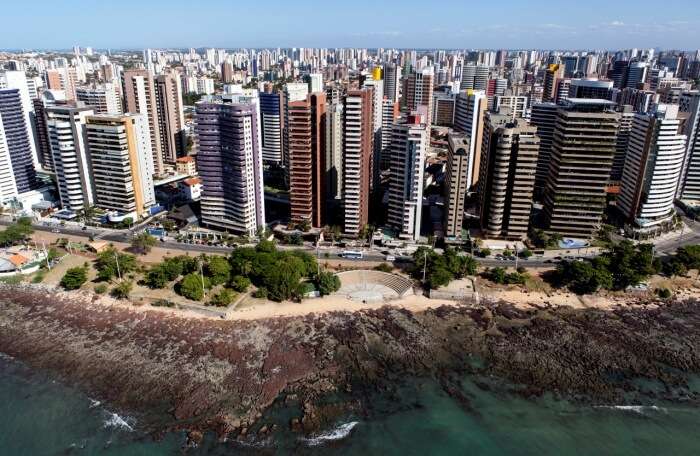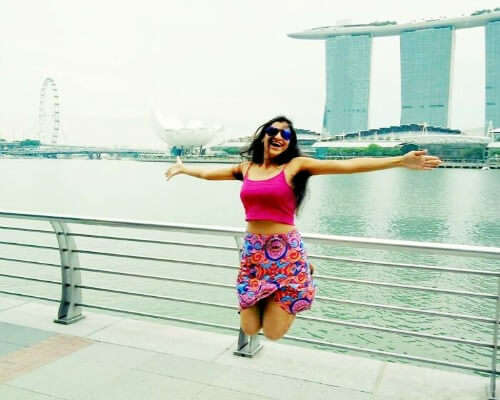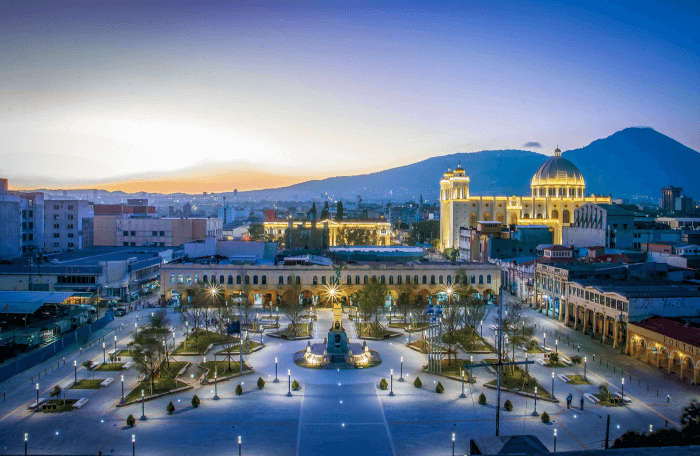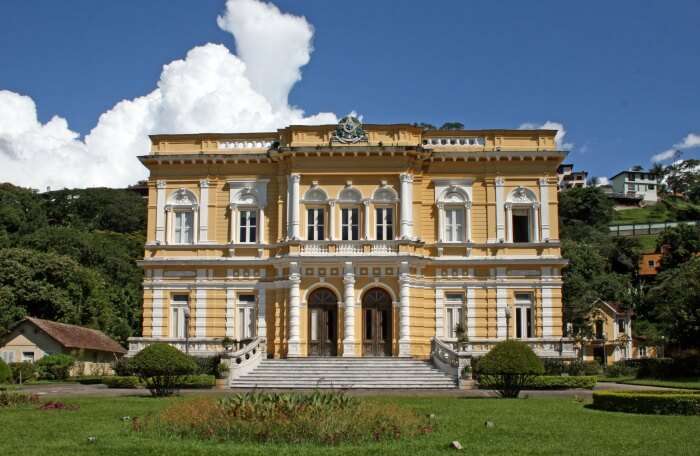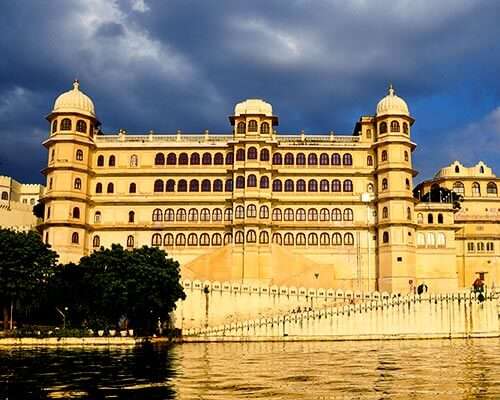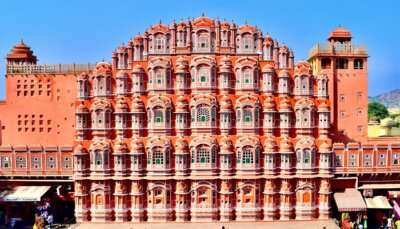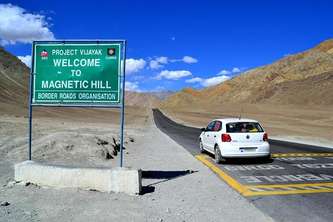Top 8 Best Places to Visit in Brazil in January 2025

Brazil is a strong nation with an intense atmosphere. January denotes the beginning of summertime in Brazil, where you can expect warm temperatures throughout the country, attracting visitors from colder temperatures.In addition, after New Year’s Eve, Brazil in January can be much occupied in the urban areas, for example, Rio de Janeiro, as it prepares for Carnival festivities. January can be a decent time to go if you seek a more extraordinary city investigation. The average temperature in Brazil in January remains close to 26°C, making it an incredibly fascinating nation to visit.
List of 8 Best Places to See in Brazil in January (Updated 2025)
Being South America’s biggest nation, Brazil covers the lion’s share of the landmass of the northeastern area and the outskirts of most of its nations. The weather in Brazil in January 2025 offers visitors a lot of intriguing spots to visit, from rainforests, beaches and wetlands to the dynamic cities of the Southeast. Here are the best places to visit in Brazil in January:
- Rio de Janeiro: Perfect For An Ideal Vacation
- Copacabana Beach: Go Out For A Stroll
- Iguassu Falls: For Magnificent Views
- Fortaleza: For An Energetic Culture
- Salvador: For An African-Brazilian Culture
- Manaus: A Significant Urban Community
- Chapada Diamantina: For An Adventure
- Lençóis Maranhenses National Park: A Tremendous Zone
1. Rio de Janeiro: Perfect For An Ideal Vacation
Rio’s unusual mix of rainforests, mountains and beaches is perfect for an ideal vacation. January is an incredible time to go there as the climate is hot and the shorelines are attractive. However, before the Carnival, the city transforms into a multi-month-long party. The city’s notable milestone is the colossal Christ the Redeemer statue on Corcovado mountain. Fair festivals here are among the biggest on the planet, with lively outfits, moving music, motorcades, firecrackers and road parties. The beaches in Rio remain occupied with locals sunning themselves in swimwear, merchants selling coconuts, and travellers enjoying cocktails. It is a scene that makes Rio extraordinary compared to other beach goals.
Things To See: Escadaria Selarón, Parque Lage, Morro da Urca, Jardim Botânico, Tijuca National Park
How To Reach: One can reach by Air, road and train. Fly to the Galeao International Airport or take a train to the Central Station in Rio.
Also Read: Brazil Wildlife
Looking To Book An International Holiday?
2. Copacabana Beach: Go Out For A Stroll
Situated in Zona Sul, it stands out amongst the best beaches in Brazil in January, with wonderful shorelines on the planet. The environment is exceptionally energetic, with vivid and carefree people. The coastline runs for 4 km east-west from Postos Dois to Posto Seis. You can stop by one of the few shoreline bars and appreciate draft lager and herbed meat with fried onions. You can also go out for a stroll along the shoreline to view the absolute most fantastic sand models, and if you are thirsty, attempt a portion of the Agua de coco or coconut water. You can also see Forte Duque de Caxias and Sugar Loaf on one side of the Copacabana shoreline. On the other side, you will find Copacabana Fort, which houses the Army Historical Museum.
Things To See: Beach football, Rent chairs on the sand, Walk the promenade, Exercise, Stroll and Sunbathe
How To Reach: Public transportation is the easiest way to get to the beach from the city centre. You can take the subway from Carioca to Siqueira Campos L1.
-
- Taxi: You can ta
3. Iguassu Falls: For Magnificent Views

This waterfall is routinely considered the most noteworthy among the other two magnificent cascades, Victoria and Niagara. Set deep inside a remote subtropical national park and reserve that links Brazil and Argentina, these massive falls were made from 275 roaring falls tumbling over a huge bent cliff to dazzling impact. The National Park has a noteworthy scope of biodiversity, including different species of butterflies, fish, birds, reptiles and warm-blooded animals. The first convenient alternative here is the Hotel das Cataratas, which is set inside the recreation park, enabling visitors to access the national park.
Things To See: The Devil’s Throat, Multiple viewing platforms, Wildlife spotting, sightseeing
How To Reach: Fly to Foz do Iguaçu or Take the Crucero del Norte or Rio Uruguay bus from the Puerto Iguazú bus terminal
Related Post: Restaurants In Brazil
4. Fortaleza: For An Energetic Culture
It is Brazil’s fifth biggest city and one of the well-known spots to visit because of its pleasant shorelines, dynamic shopping and energetic culture. The most mainstream coastline is Praia do Futuro; however, different top picks are Mucuripe, Iracema, and Meireles. These beaches are not only for swimming, sunbathing and surfing, but they additionally offer numerous inns and eateries to calm your taste buds. Fortaleza additionally fills in as the hopping-off point for some guests to tremendous shorelines, moving ridges and various fishing towns at the Ceará drift.
Things To See: Beaches, Lagoons, Cultural sites, Regional cuisine, Forró clubs
How To Reach: Fly to Pinto Martins International Airport or take bus from major Brazilian cities.
Planning your holiday but confused about where to go? These travel stories help you find your best trip ever!
5. Salvador: For An African-Brazilian Culture
A noteworthy Old City with exuberant culture, delightful shorelines and one of the world’s most celebrated Carnival festivities make Salvador a standout amongst other spots in Brazil. The African-Brazilian culture of Salvador is reflected in numerous customs, the nourishment and even the music. Brazil’s weather in January makes this location one of the most visited due to its incredible shorelines that are perfect for surfing, swimming and sunbathing. Some of the most famous places in this city incorporate Flamengo, Porto de Barra and Stella Maris.
Things To See: Joya de Cerén Archaeological Site, Parque Nacional El Boquerón, Suchitoto, El Tunco Beach, El Imposible National Park
How To Reach: Take a flight to San Salvador’s international airport. From there, you can book a taxi or public transport.
Related Post: Brazil Theme Parks
6. Manaus: A Significant Urban Community
It is an essential visitor goal since it fills in as an entryway to the Amazon rainforest. It is the capital of Amazonas state and is one of Brazil’s most significant urban communities that include recognised milestones like the Rio Negro Palace and Amazonas Opera House. Another beautiful sight is the meeting of the Waters, which is a natural wonder where the two waterways of Solimões and Negro run one next to the other over three miles without thoroughly mixing.
Things To See: Manaus Botanical Garden, Teatro Amazonas, CIGS Zoo, Tacacá
How To Reach: The quickest way to get to Manaus is by flight.
7. Chapada Diamantina: For An Adventure
It is one of Brazil’s most wonderful national parks in Bahia, with many choices for climbing and trekking through stunning valleys, mountain levels, and captivating caverns. In addition, you can view Cachoeira da Fumaça, one of Brazil’s most enormous cascades, where the water, while moving towards the base, transforms into a billow of fog. However, the two profound underground holes—Poço Encantado and Poço Azul- stand out amongst the most striking highlights in the region. The two pools contain water so evident that it shows the fissure is unfilled, and the daylight that enters gives the pool a striking electric blue tint. The only is that it is so expensive that you will likely need a vehicle to get around.
Things To See: Cachoeira da Fumaça, Morro do Pai Inácio, Lapa Doce Cave, Waterfall Buracão
How To Reach: Get a flight from Salvador to Lençóis
Related Post: Monsoon In Brazil
8. Lençóis Maranhenses National Park: A Tremendous Zone
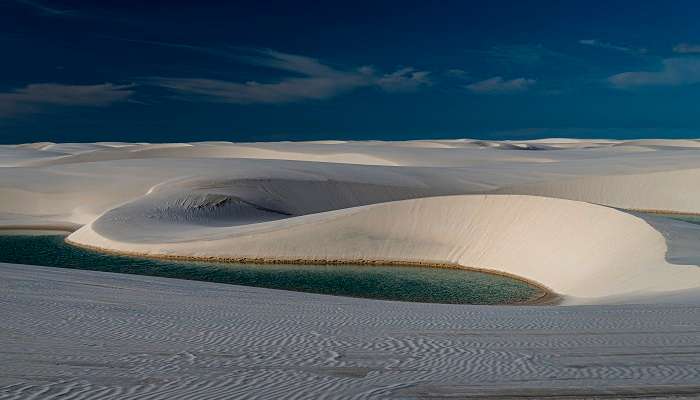
It is a tremendous zone of undulating, cleared sand rises between which water lakes frame at specific occasions of the year. Known for its striking landscape, this northern national stop contains an interminable stretch of sand ridges, like somebody delicately shaking a substantial white bed sheet. After the blustery season is the best time to go, when the plunges between the hills top off with dark blue pools of crisp water; it is one of the best scenes to view. Take a guided visit to appreciate the isolation and wonder of the region.
Things To See: Sand dunes, Crystal-clear lagoons, Off-road rides, remote villages, Colonial town of Sao Luis
How To Reach: Fly into São Luís/MA (SLZ)
You May Also Like To Read: Restaurants In Brazil
There are many spots throughout Brazil that you can visit at any time of the year, but visiting Brazil in January is ideal as you can fix your winter blues and disappear to this sun-soaked location. You can go essentially to any place and discover the sun. Urban areas are clamouring all year when the climate is bright and the celebrations are in full swing. Furthermore, pack colourful bathing swimsuits, sarongs, and your best summertime clothes that can keep you cool. So, plan your trip to Brazil to get the best of these scenic places with your loved ones!
For our editorial codes of conduct and copyright disclaimer, please click here.
Cover Image Credit: Rafael Rabello de Barros for Wikipedia
Frequently Asked Questions About Brazil In January
What season is January in Brazil?
The ‘high’ season in Brazil is considered to be between December to March. So, January is like mid-summer, and you can expect warm temperatures throughout the country.
What is the best time of year to go to Brazil?
There is no particular time to visit Brazil as it is an all year round destination. The warmest months are November to March which are perfect for enjoying New Year and Carnival celebrations.
What is the coldest month in Brazil?
June is the coldest month in Brazil although temperatures still average at a comfortable 19°C.
How warm is Brazil in January?
Brazil is a large country with diverse climates. During January, the country’s average temperature usually hovers around 27 degrees Celsius, with highs close to 30 degrees Celsius.
Do I need a visa for Brazil?
Yes, you will require a visa while travelling to Brazil. You may contact the Brazilian embassy for details.
What is Brazil famous for?
Brazil is renowned for many things, and the soccer culture is at the top. Some famous stars include Pele, Ronaldo, and Ronaldinho. Football is the blood of Brazilians, who often refer to their country as “o País do Futebol” (“the country of football”).
Feijoada is the renowned food in Brazil. Considered the Brazilian national dish, Feijoada is a rich, hearty stew made with black beans and several different cuts of pork, including various offal.
Looking To Book A Holiday Package?
People Also Read:
Kathmandu In January London In January Czech Republic In January

Experience the world through captivating stories of adventure and travel. As a senior content writer, I bring my passion for exploration to life, crafting tales that take you on a journey. With my words, you’ll feel the thrill of discovery and the joy of experiencing new cultures. Let me turn your imagination into a reality with stories that inspire you to explore and embrace the world.
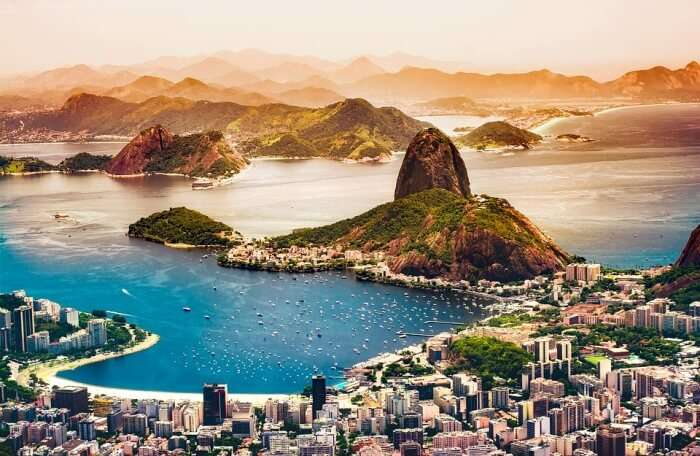 is a stunning place to visit in Brazil in January
is a stunning place to visit in Brazil in January 











